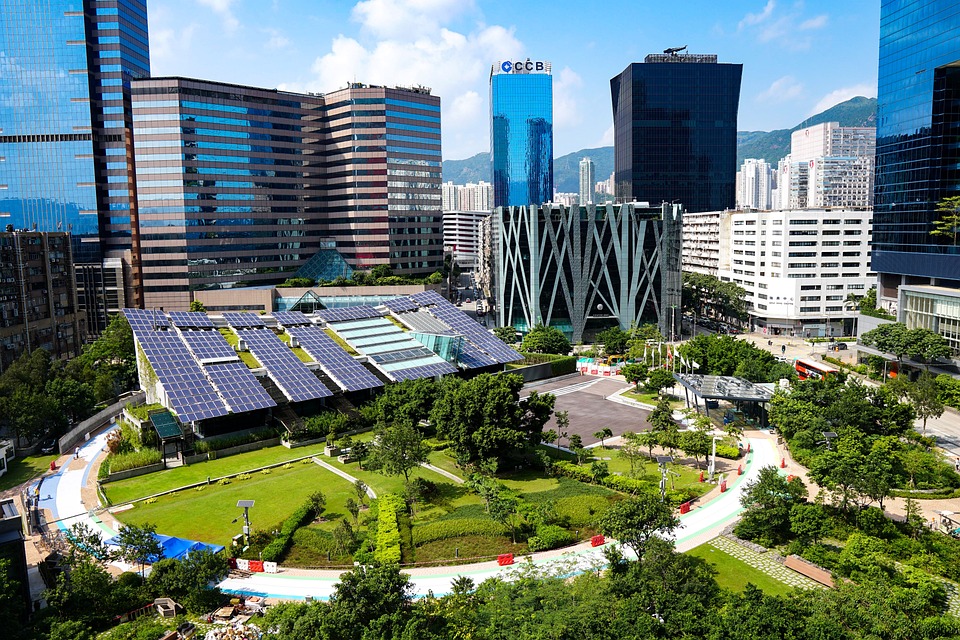Introduction
In order to combat climate change and ensure a sustainable future for our planet, it is crucial to transition to renewable energy sources. This transition requires a comprehensive governance and policy framework to encourage the development and adoption of sustainable energy technologies. In this article, we will explore the various governance and policy approaches that can help create a sustainable energy future.
Renewable Energy Targets
One of the most effective ways to promote the adoption of renewable energy sources is to set clear and ambitious targets for their use. Governments can establish targets for the percentage of energy that must come from renewables by a certain date, creating a strong incentive for businesses and individuals to invest in sustainable energy technologies.
Incentives and Subsidies
Government incentives and subsidies can play a crucial role in promoting the adoption of renewable energy technologies. By providing financial support for the development and deployment of sustainable energy projects, governments can help to reduce the costs associated with these technologies and make them more competitive with traditional fossil fuels.
Regulatory Framework
A supportive regulatory framework is essential for the growth of the renewable energy sector. Governments can create regulations that encourage the use of renewables, such as feed-in tariffs that pay businesses and individuals for the energy they generate from renewable sources. Additionally, regulations can be put in place to limit the emissions of greenhouse gases from traditional energy sources, further incentivizing the transition to renewables.
Public-Private Partnerships
Collaboration between the public and private sectors can accelerate the development of sustainable energy technologies. Public-private partnerships can help to fund research and development projects, as well as the deployment of renewable energy infrastructure. By working together, governments and businesses can leverage their resources and expertise to drive innovation in the renewable energy sector.
International Cooperation
Creating a sustainable energy future requires global cooperation and coordination. Countries around the world must work together to address the challenges of climate change and transition to renewable energy sources. International agreements, such as the Paris Agreement, can help to set targets for reducing greenhouse gas emissions and promote the adoption of sustainable energy technologies on a global scale.
Technology Transfer
Technology transfer is a key aspect of international cooperation in the renewable energy sector. Developed countries can share their knowledge and expertise with developing nations, helping them to build their own renewable energy infrastructure. By facilitating technology transfer, countries can accelerate the transition to sustainable energy sources and ensure that no nation is left behind in the fight against climate change.
Capacity Building
Capacity building is another important component of international cooperation in the renewable energy sector. Developing countries may lack the resources and expertise needed to transition to renewable energy sources on their own. By providing training and support to build local capacity, developed countries can help developing nations to overcome the barriers to adopting sustainable energy technologies.
Conclusion
Creating a sustainable energy future requires a comprehensive governance and policy framework that promotes the adoption of renewable energy technologies. By setting ambitious targets, providing incentives and subsidies, and fostering collaboration between the public and private sectors, governments can accelerate the transition to sustainable energy sources. International cooperation is also essential, as countries must work together to address the challenges of climate change and ensure a sustainable future for the planet.


Leave a Reply